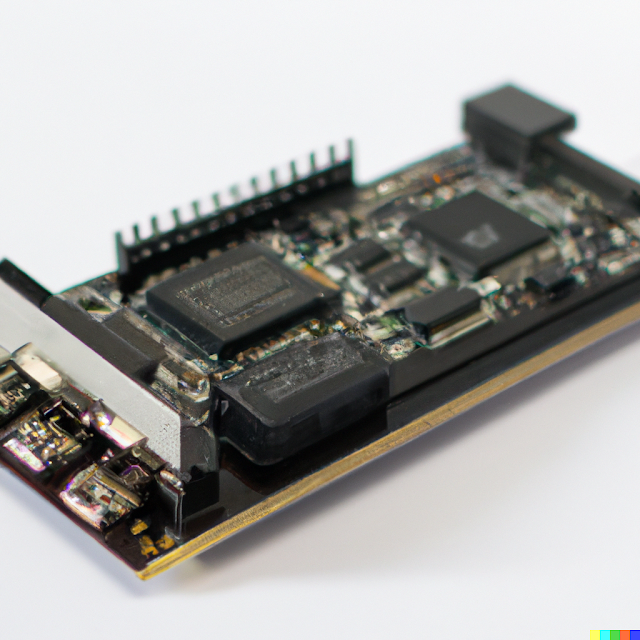Field-Programmable Gate Arrays (FPGAs) are a type of integrated circuit that are designed to be programmable and reconfigurable. Unlike Application-Specific Integrated Circuits (ASICs), which are designed for a specific application, FPGAs can be programmed and reconfigured to perform a wide range of functions.
FPGAs consist of programmable logic blocks and interconnects that can be programmed to implement a digital circuit. The programming is typically done using a hardware description language (HDL) such as Verilog or VHDL.
FPGAs are often used in prototyping and development, as they offer a fast and flexible way to test and iterate on designs. They are also used for hardware acceleration in high-performance computing applications, where they can provide significant performance improvements over traditional CPUs.
Advantages of FPGAs
FPGAs offer several advantages over other types of integrated circuits, including:
- Reconfigurability: FPGAs can be reprogrammed to perform different functions, making them highly flexible and adaptable.
- Prototyping: FPGAs are often used in prototyping and development, as they offer a fast and flexible way to test and iterate on designs.
- Hardware Acceleration: FPGAs can be used for hardware acceleration in high-performance computing applications, where they can provide significant performance improvements over traditional CPUs.
Applications of FPGAs
FPGAs are used in a wide range of applications, including digital signal processing, image processing, networking, and high-performance computing. They are particularly useful in applications that require high performance, low latency, and flexibility.
In digital signal processing, FPGAs are used to implement filters, FFTs, and other signal processing functions. In image processing, FPGAs are used to implement image compression and decompression algorithms.
In networking, FPGAs are used in routers, switches, and other network devices to implement packet processing and other network functions. In high-performance computing, FPGAs are used for hardware acceleration of scientific simulations, machine learning algorithms, and other compute-intensive applications.
In conclusion, FPGAs are a type of integrated circuit that offer a high degree of flexibility and adaptability. They are used in a wide range of applications, including digital signal processing, image processing, networking, and high-performance computing. FPGAs provide a critical component for many modern devices and systems, and their flexibility and programmability make them a powerful tool for prototyping, development, and hardware acceleration.
